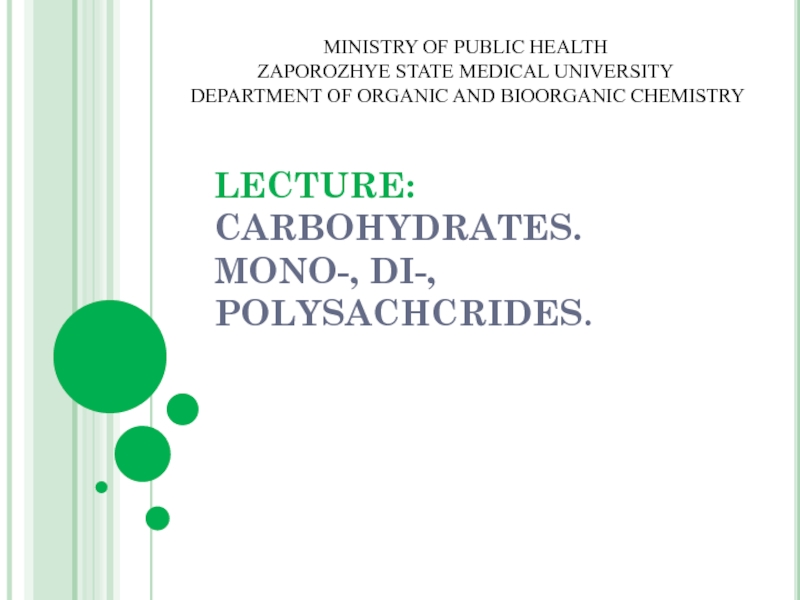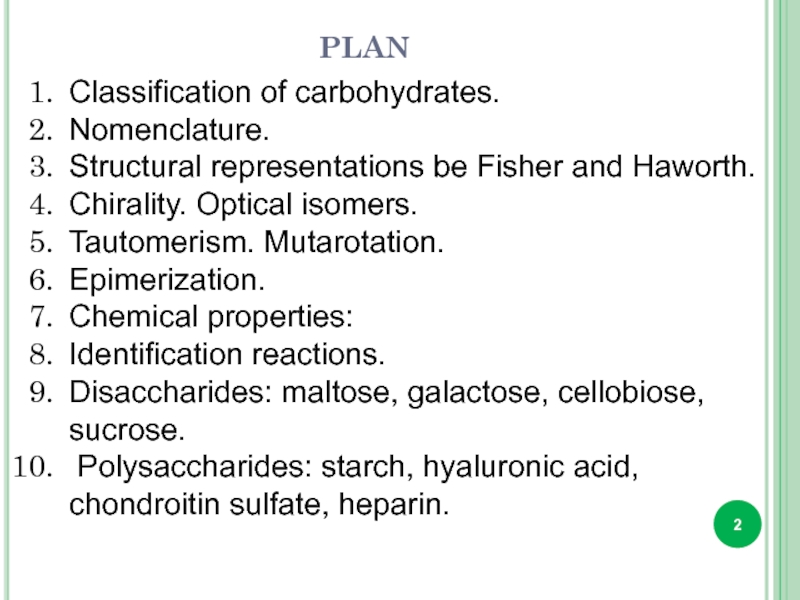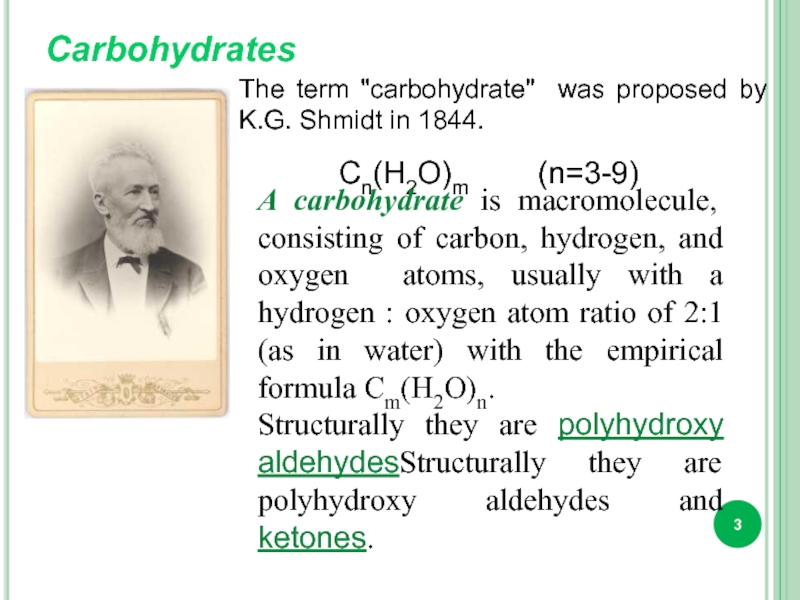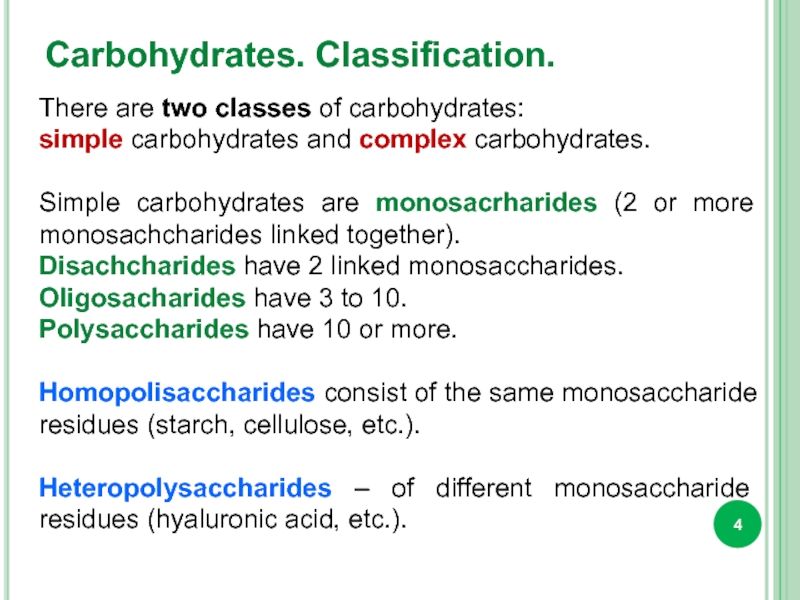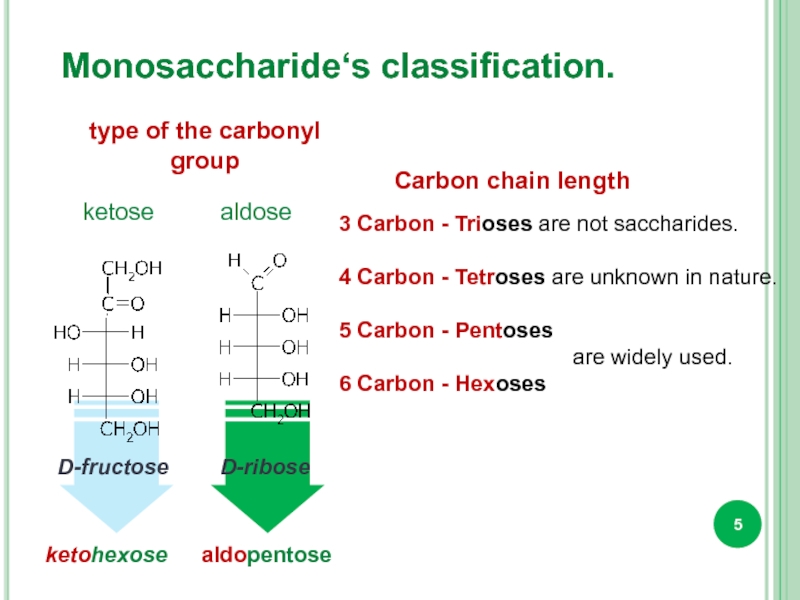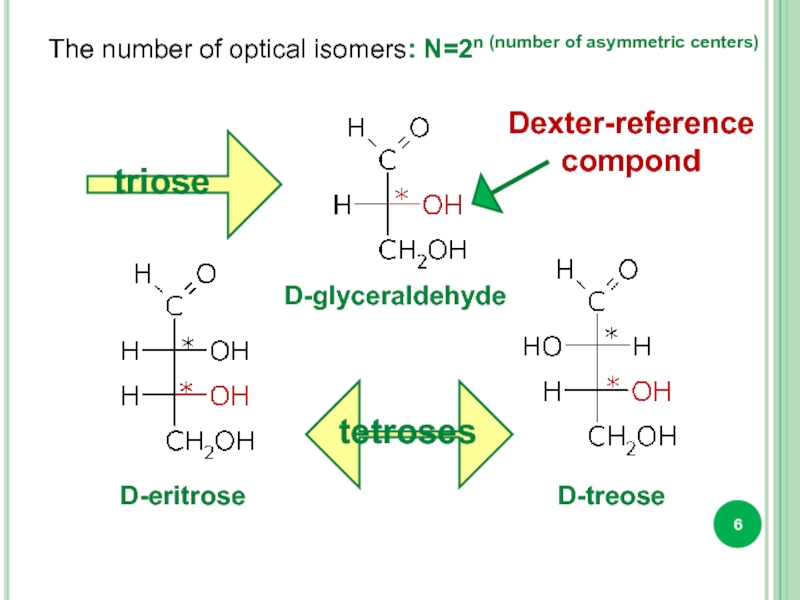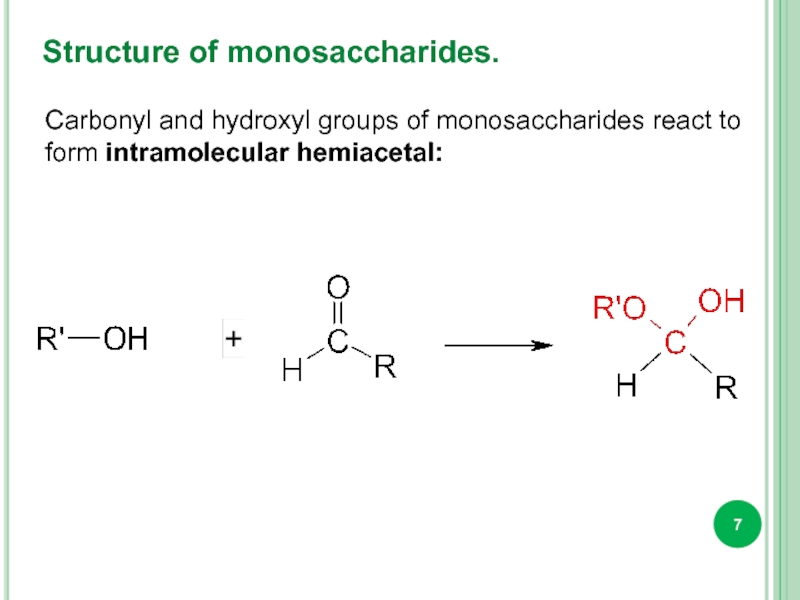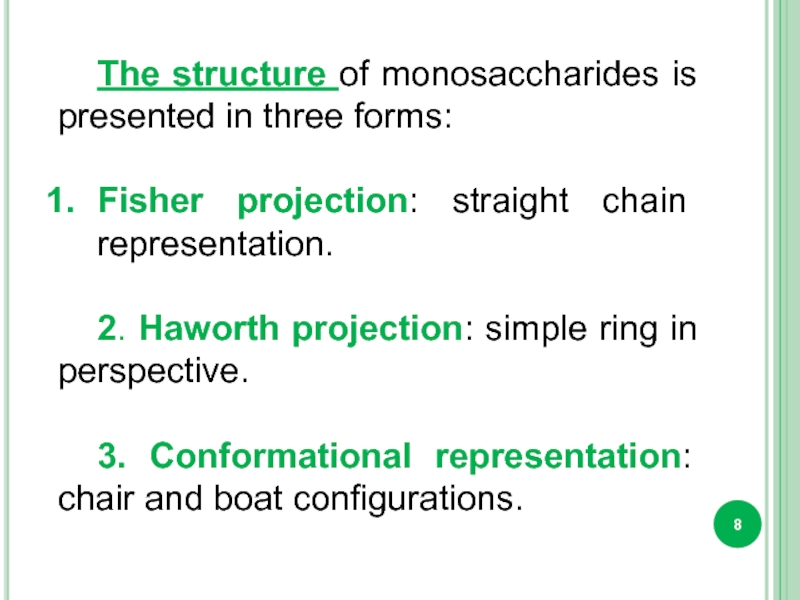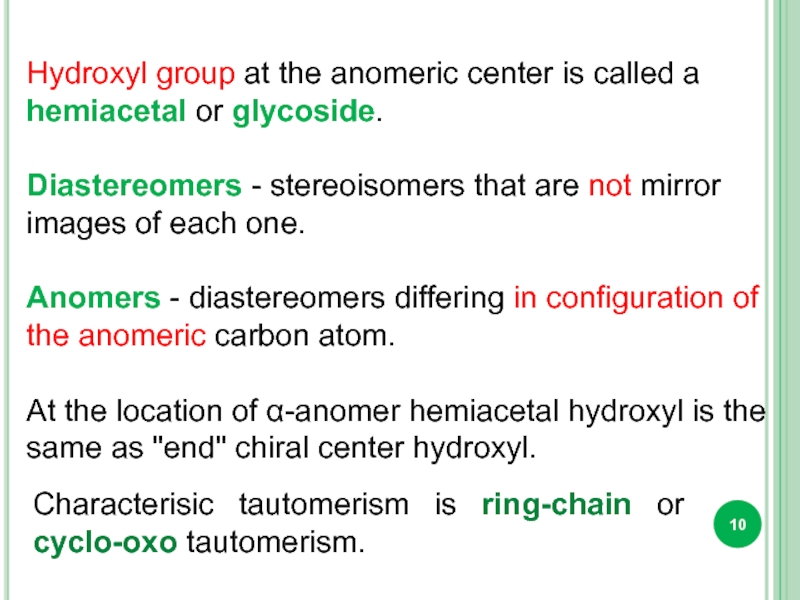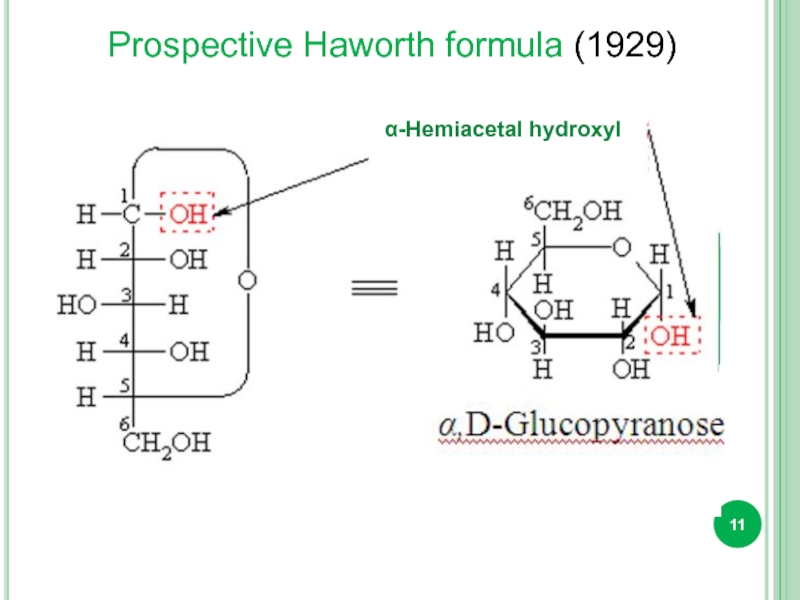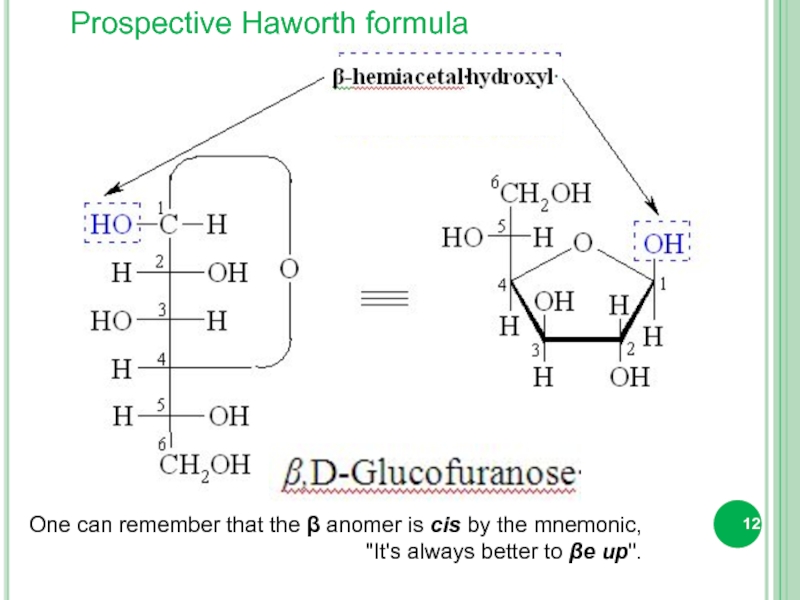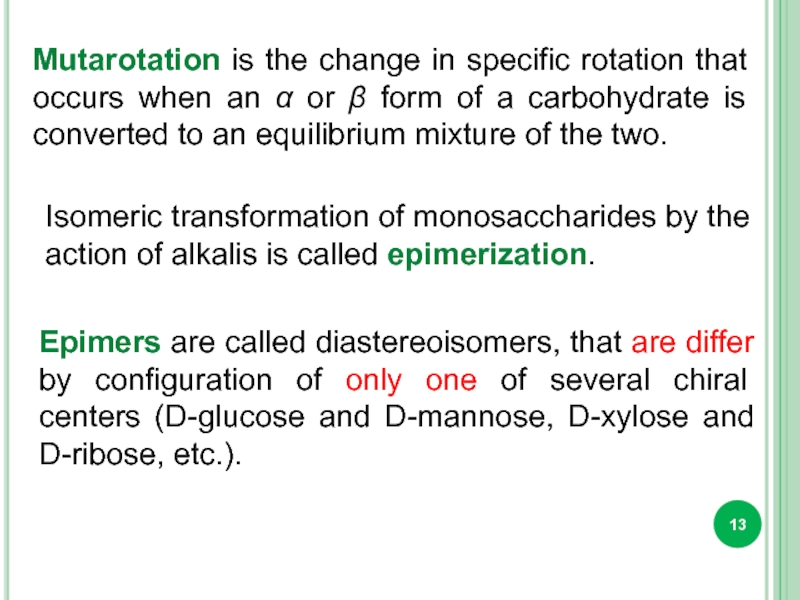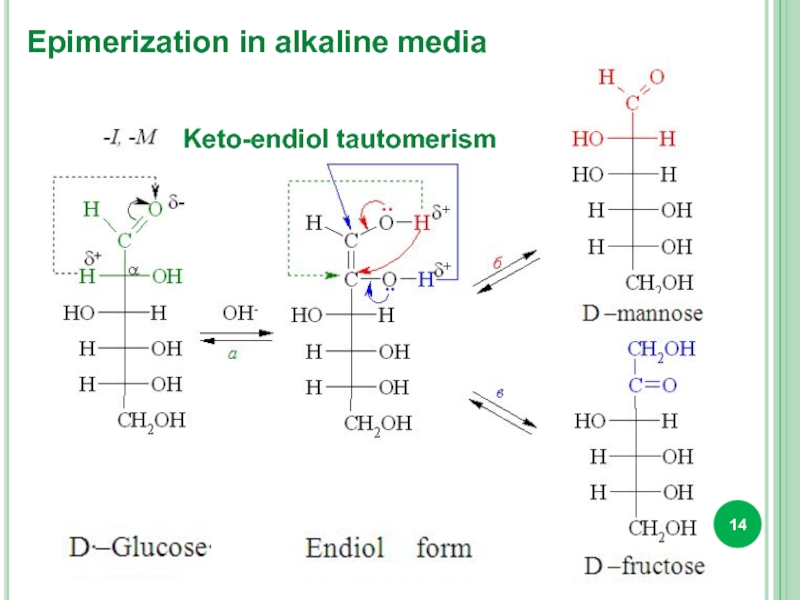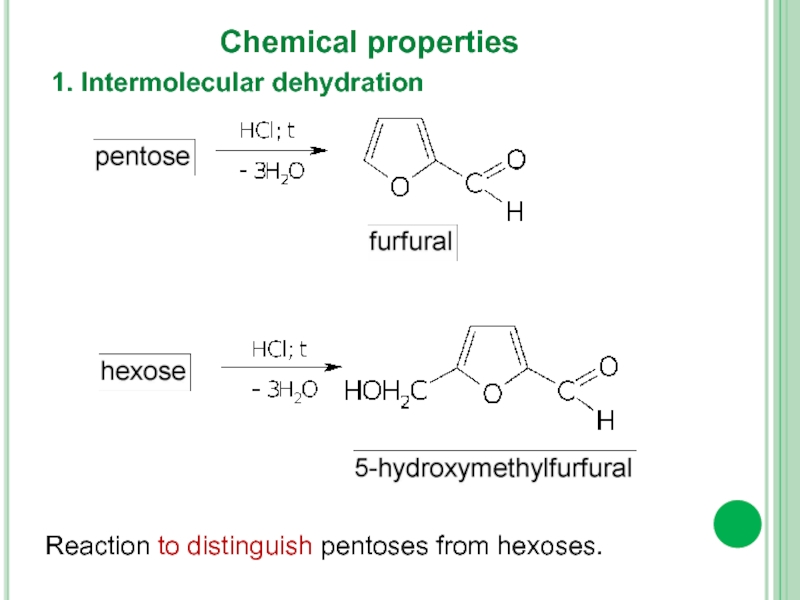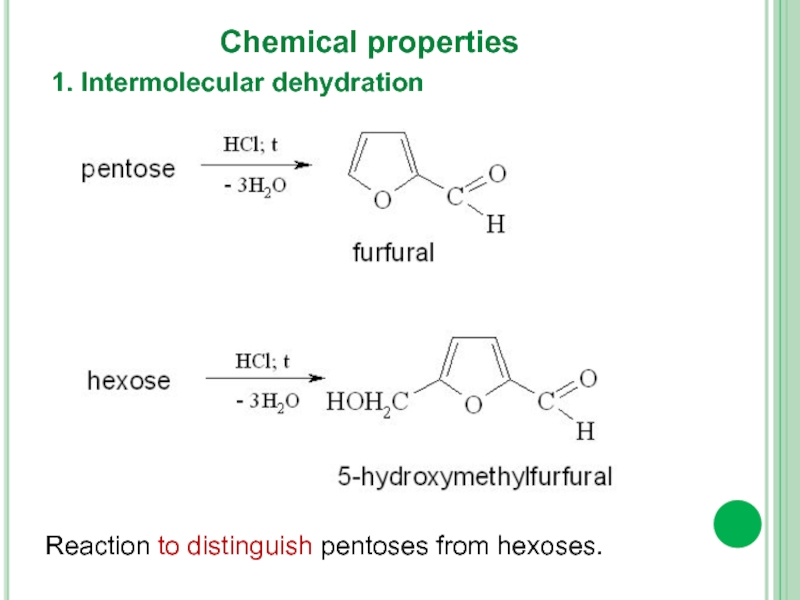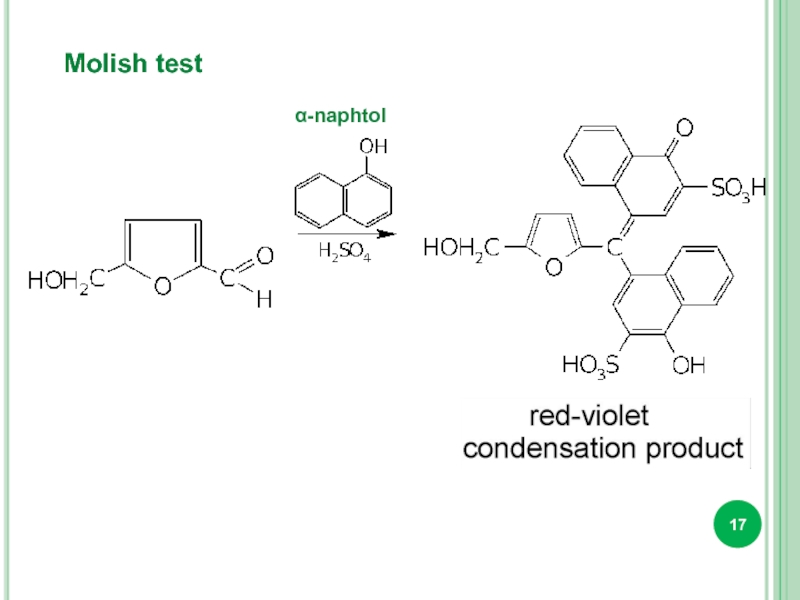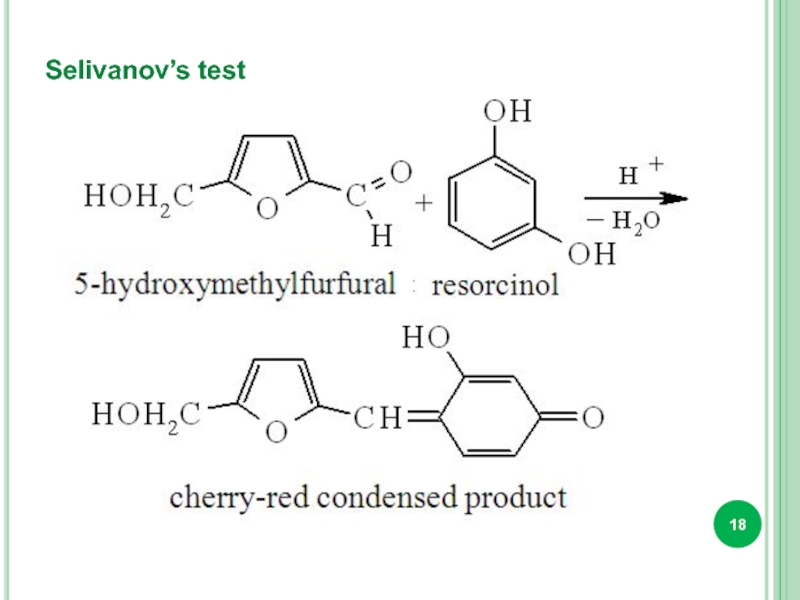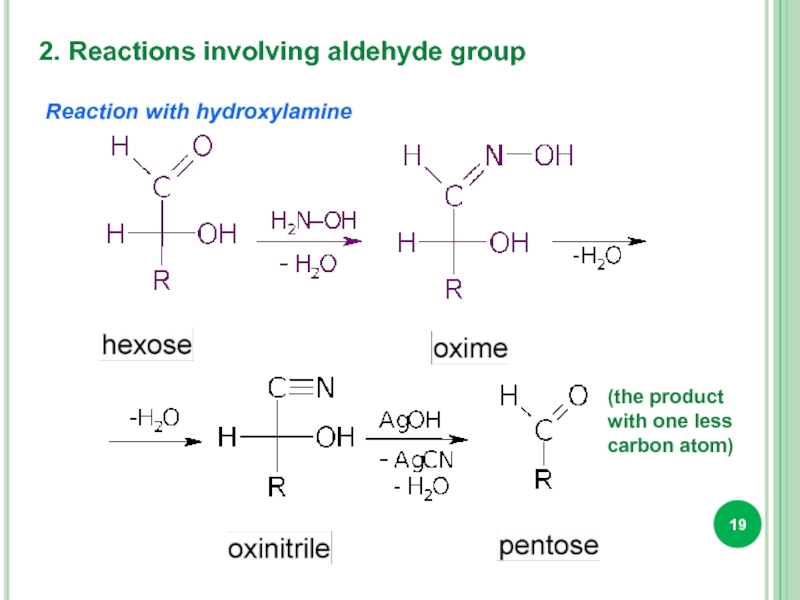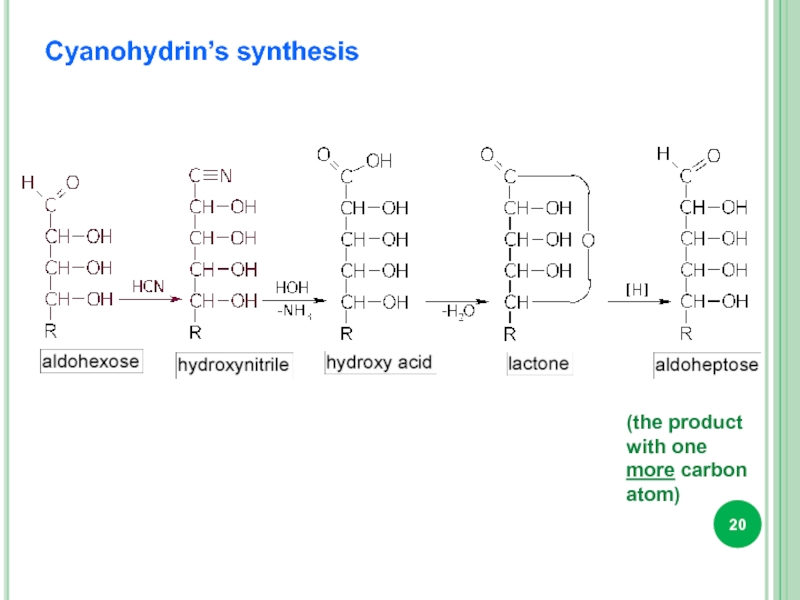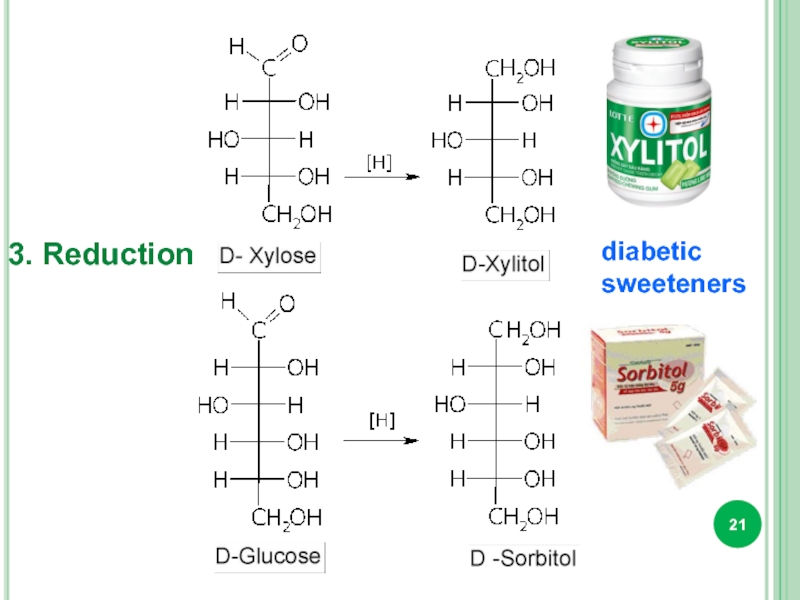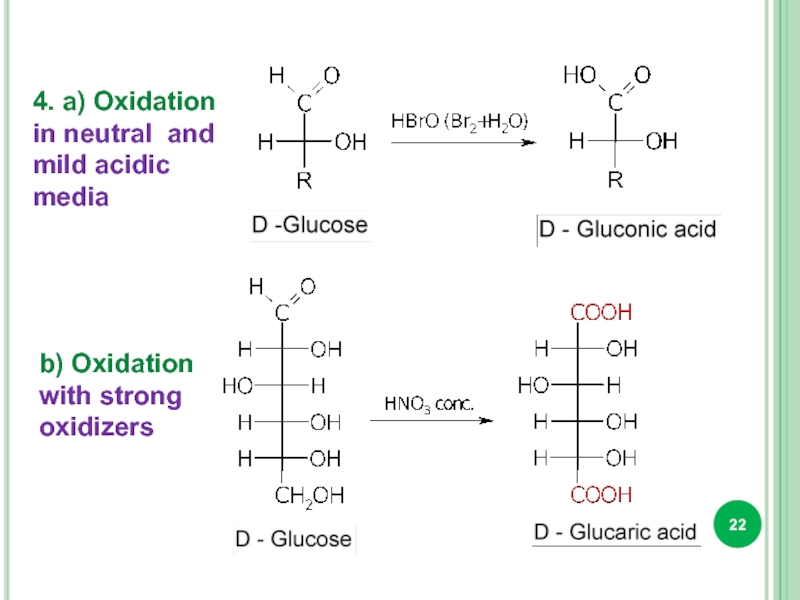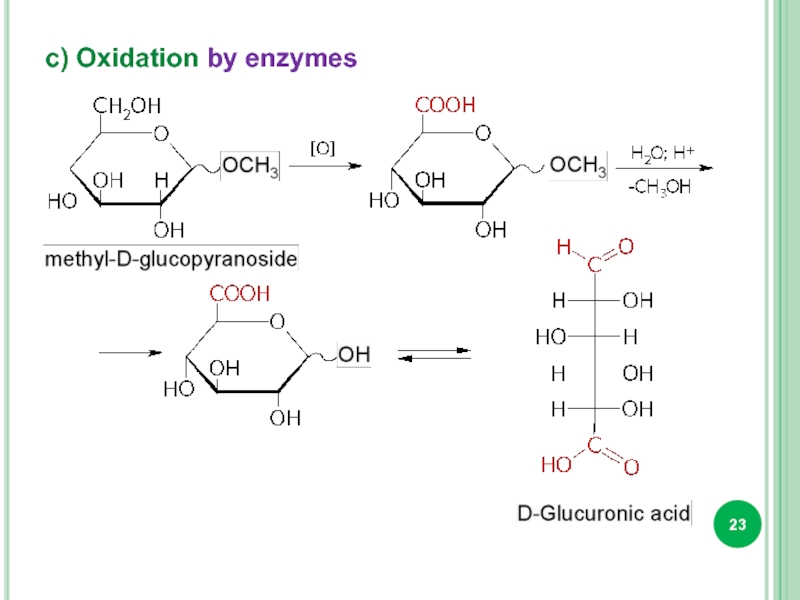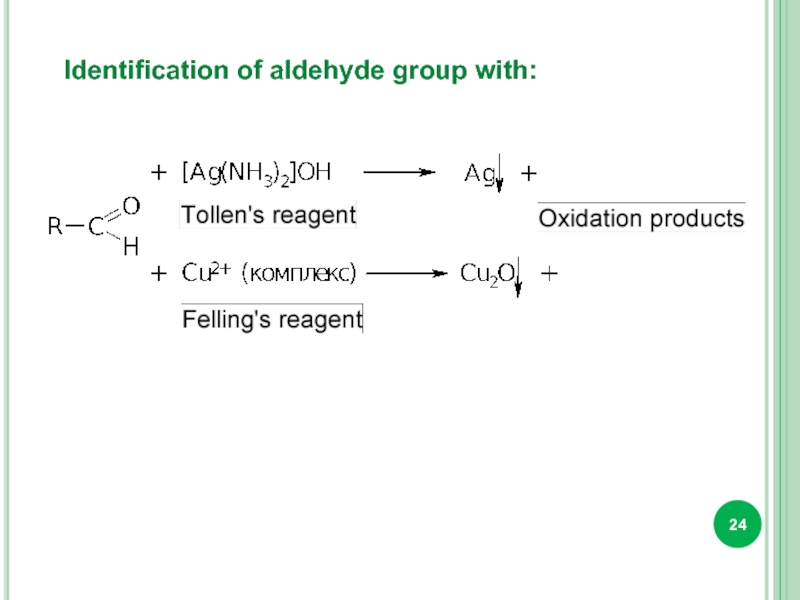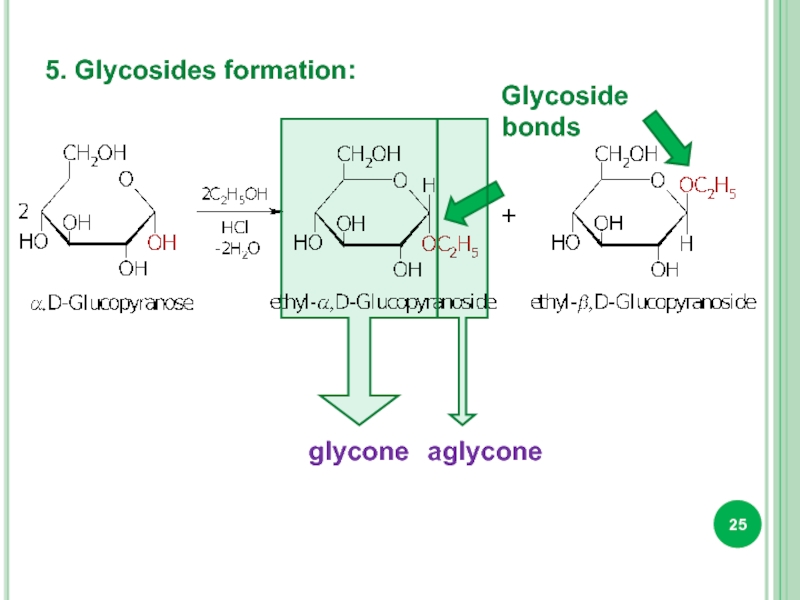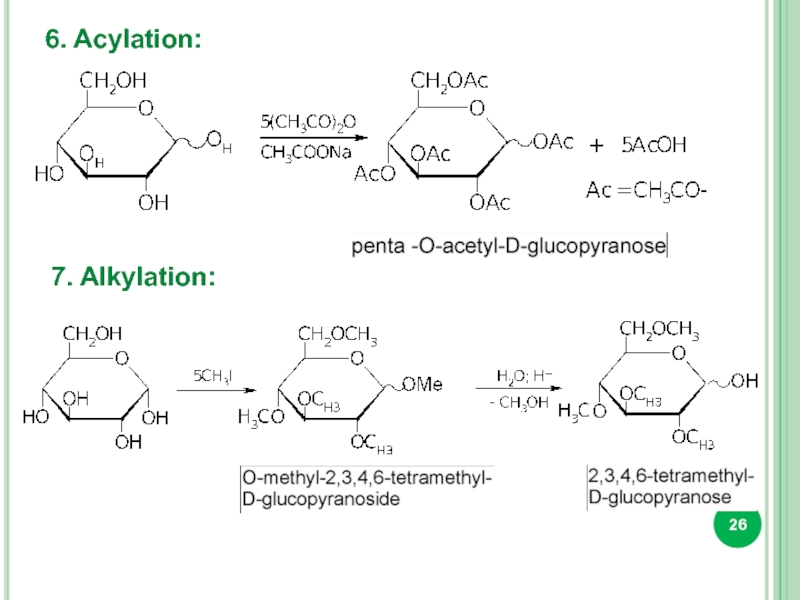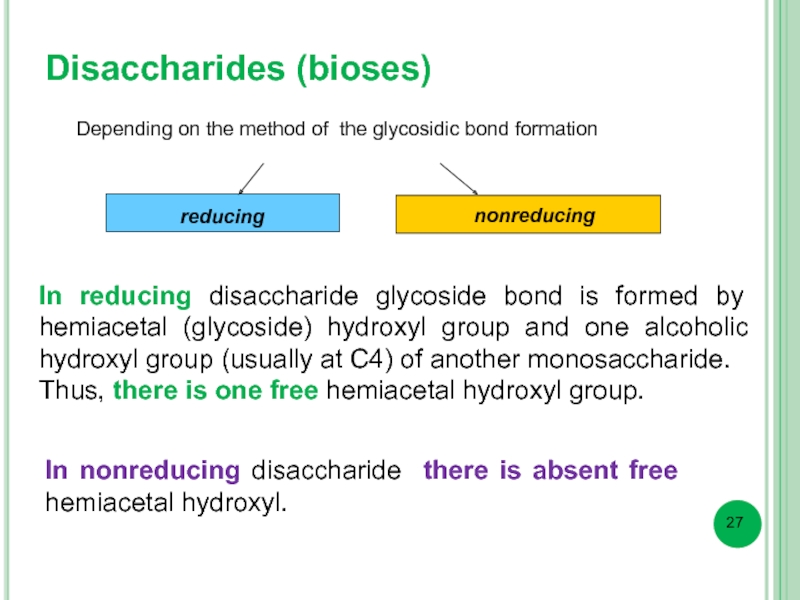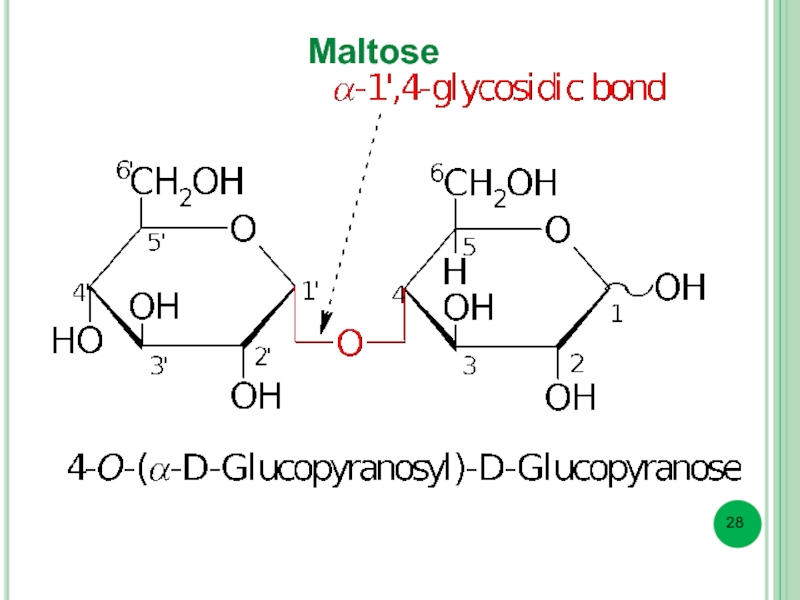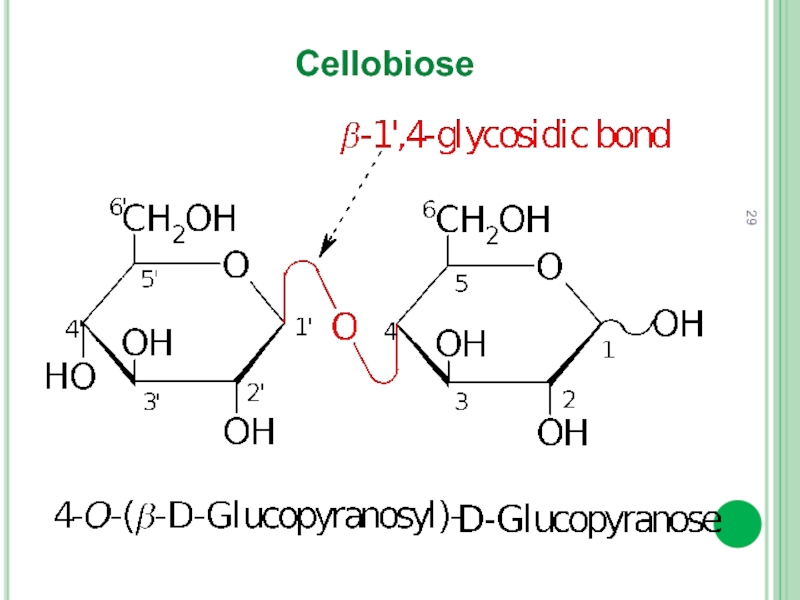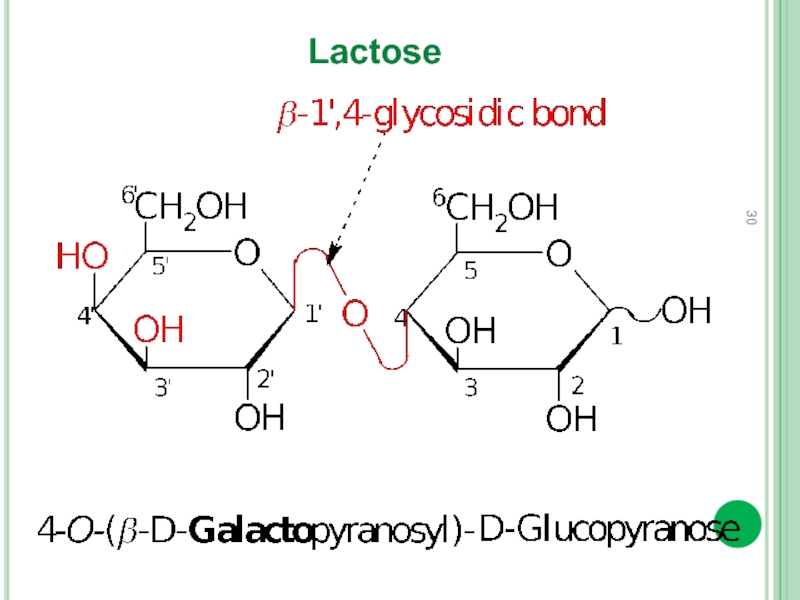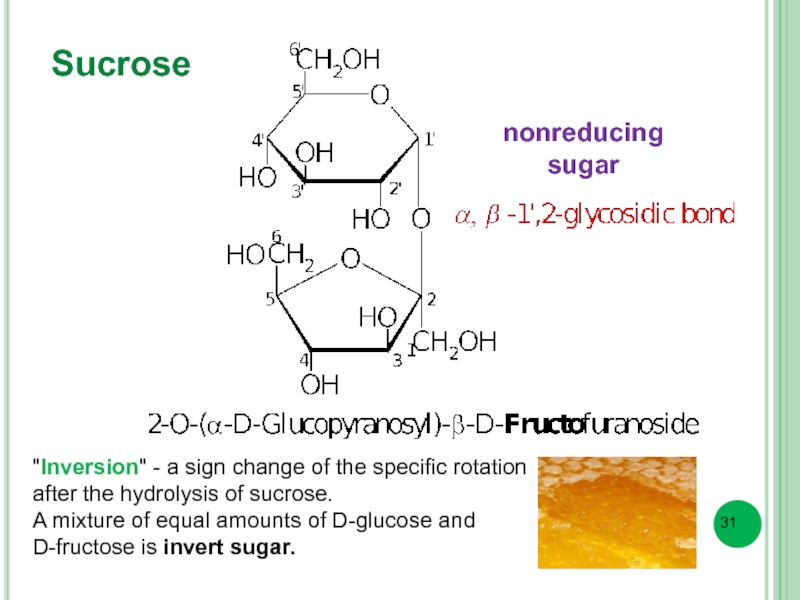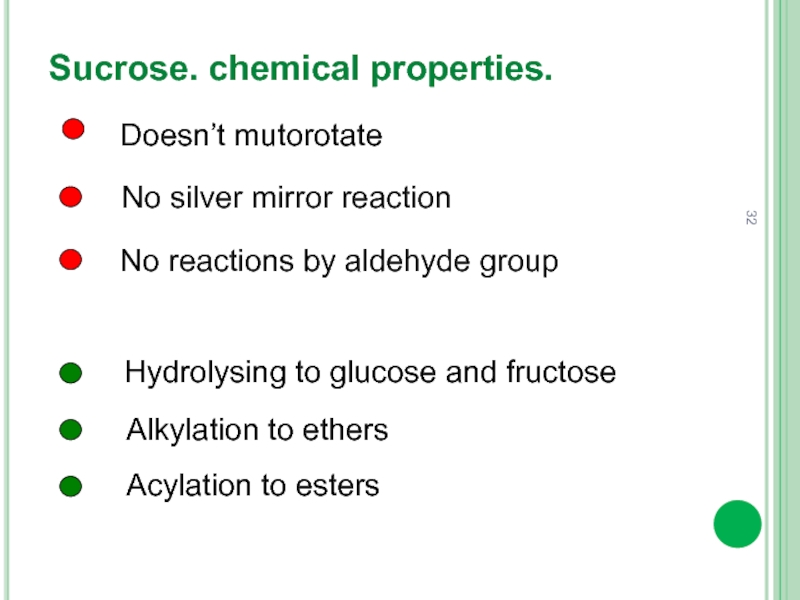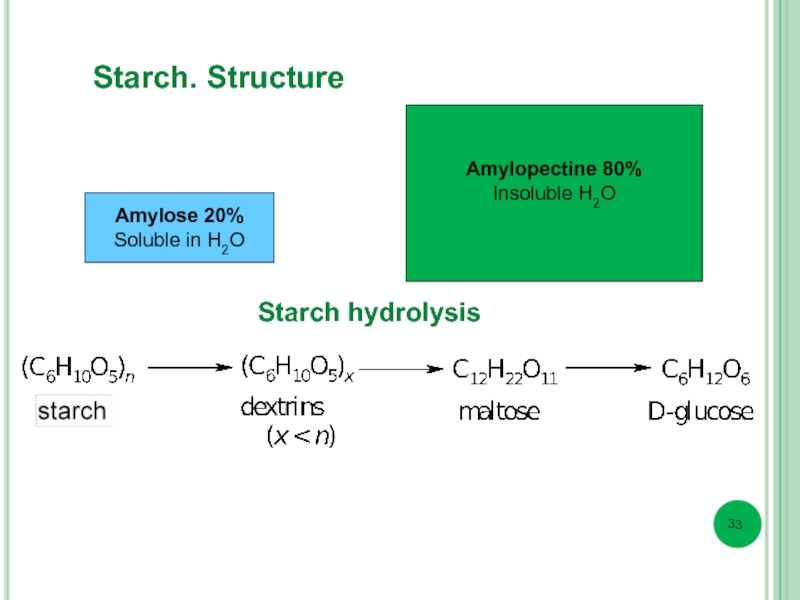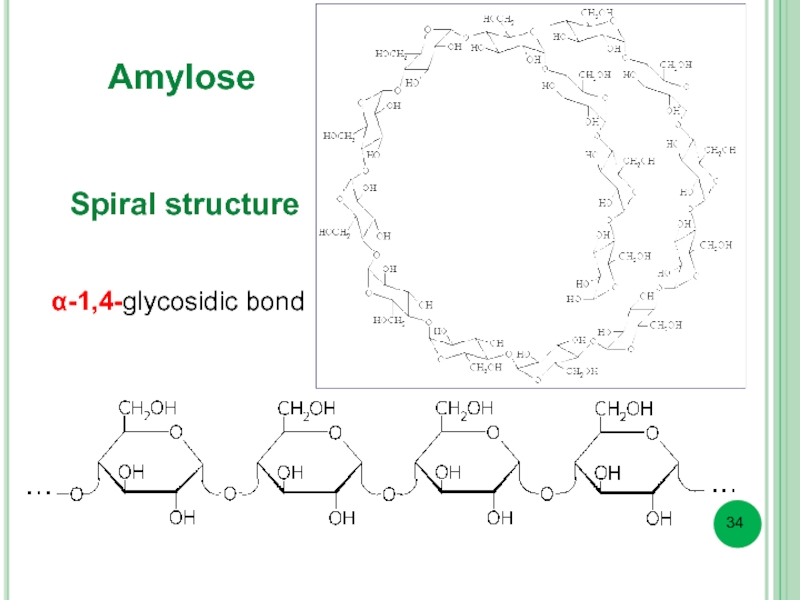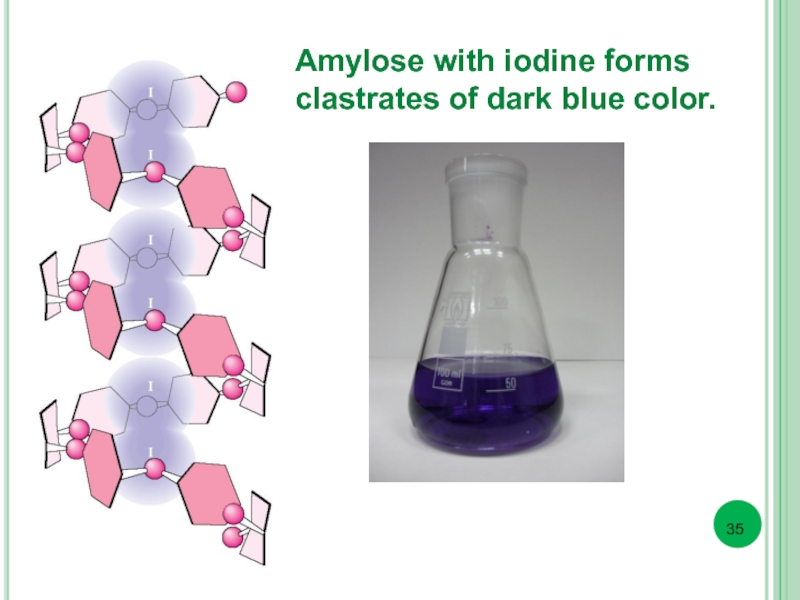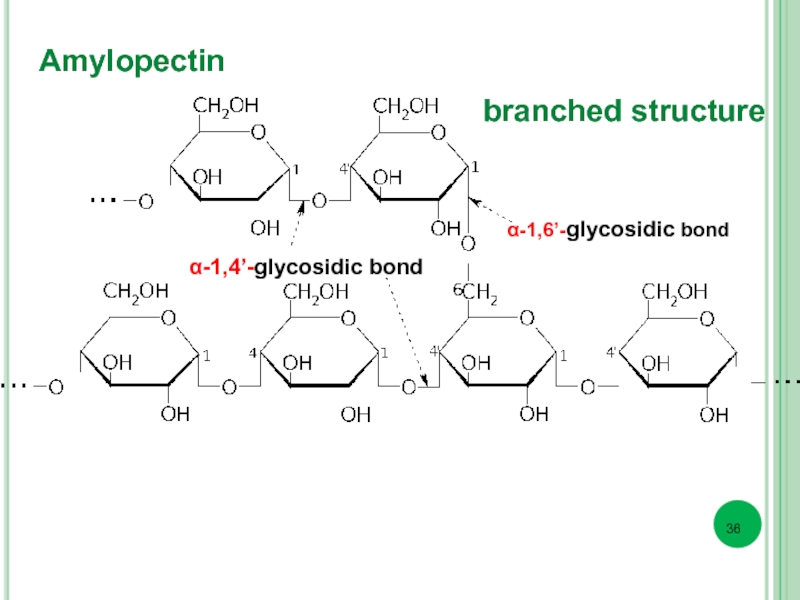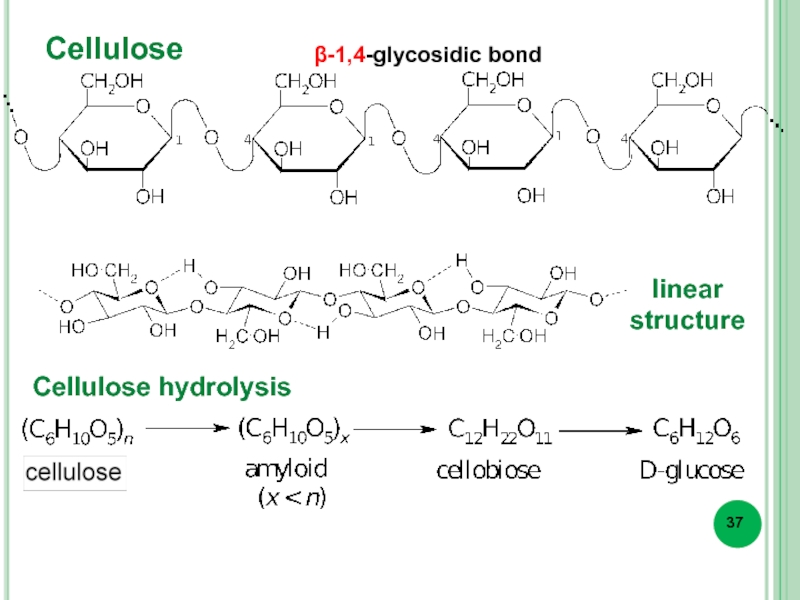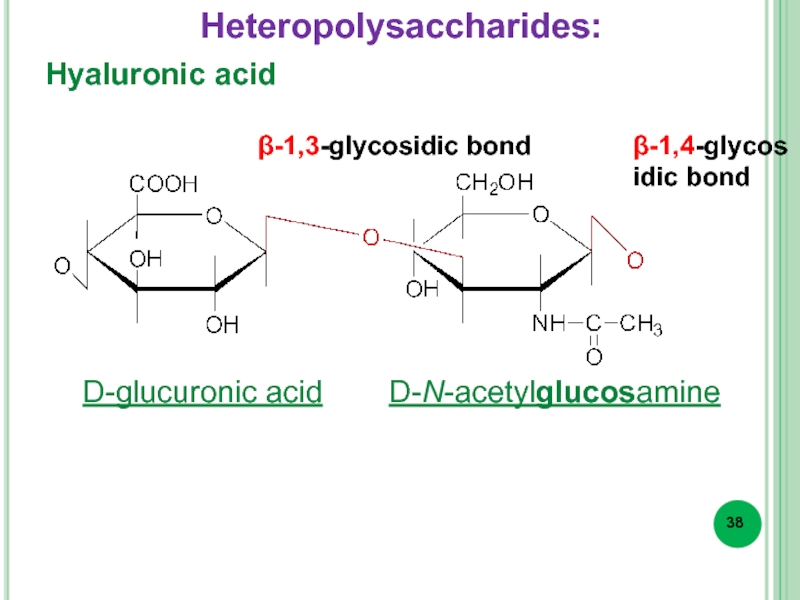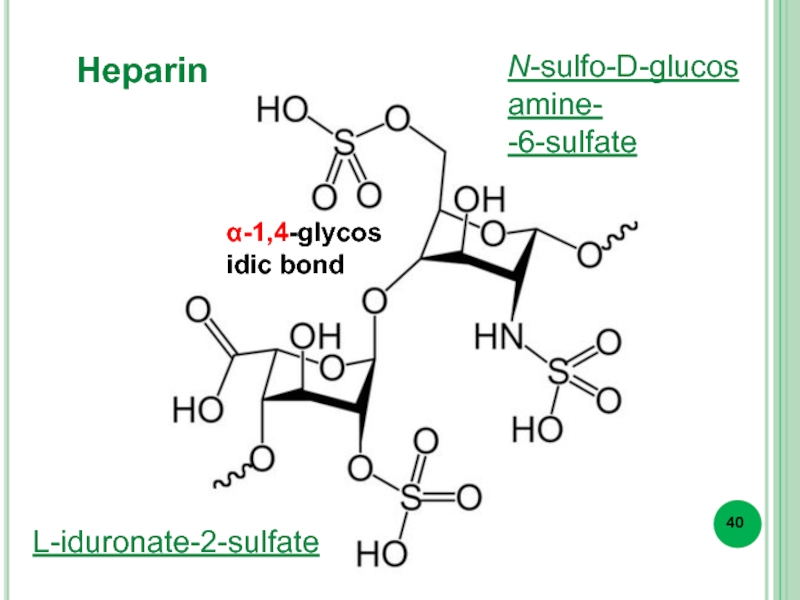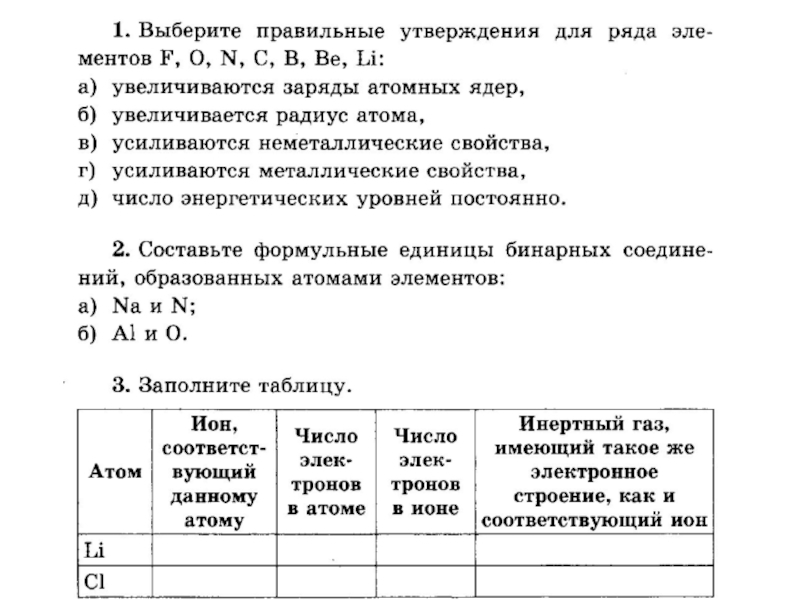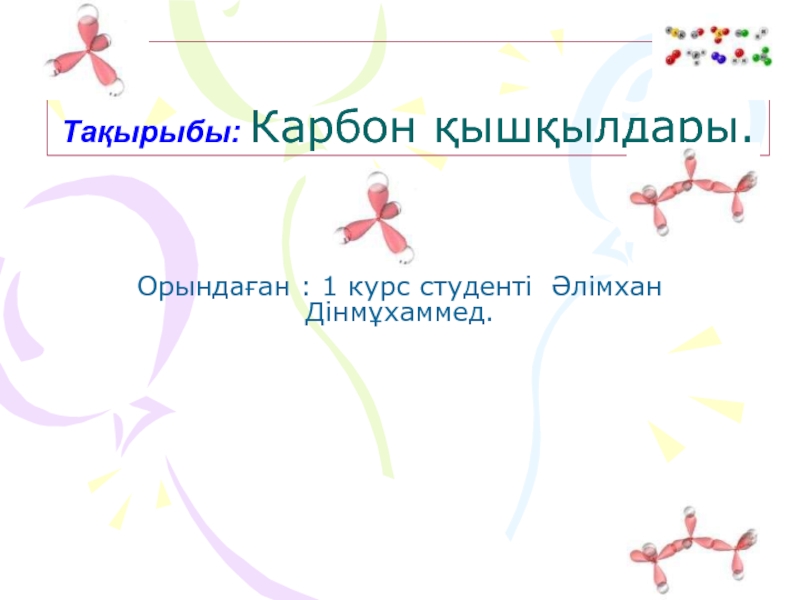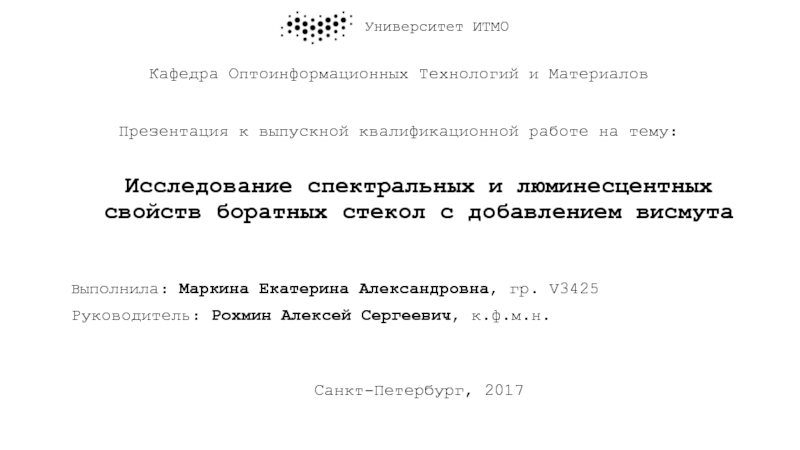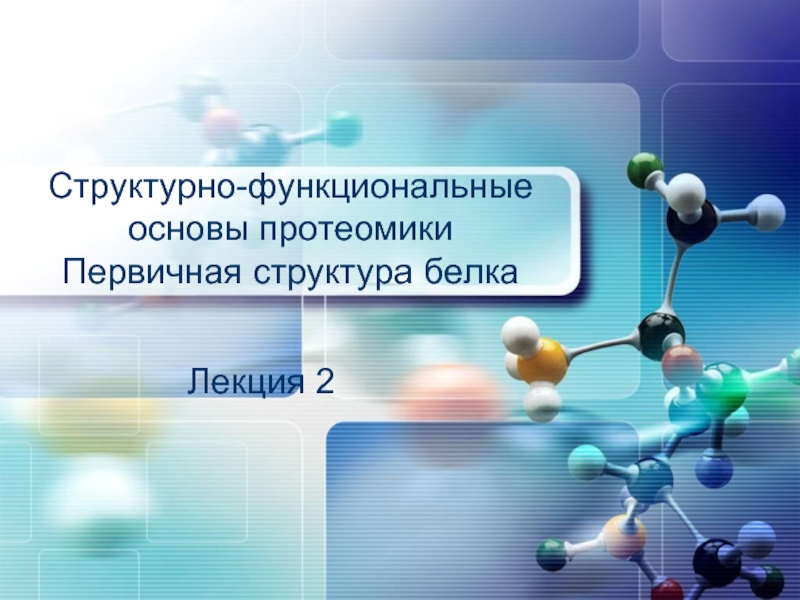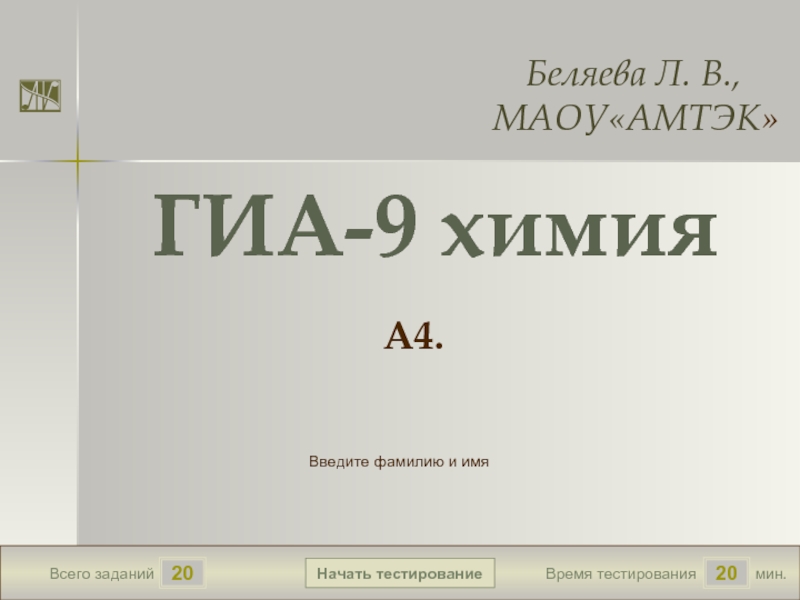- Главная
- Разное
- Дизайн
- Бизнес и предпринимательство
- Аналитика
- Образование
- Развлечения
- Красота и здоровье
- Финансы
- Государство
- Путешествия
- Спорт
- Недвижимость
- Армия
- Графика
- Культурология
- Еда и кулинария
- Лингвистика
- Английский язык
- Астрономия
- Алгебра
- Биология
- География
- Детские презентации
- Информатика
- История
- Литература
- Маркетинг
- Математика
- Медицина
- Менеджмент
- Музыка
- МХК
- Немецкий язык
- ОБЖ
- Обществознание
- Окружающий мир
- Педагогика
- Русский язык
- Технология
- Физика
- Философия
- Химия
- Шаблоны, картинки для презентаций
- Экология
- Экономика
- Юриспруденция
Carbohydrates. mono-, di-, polysachcrides презентация
Содержание
- 1. Carbohydrates. mono-, di-, polysachcrides
- 2. PLAN Classification of carbohydrates. Nomenclature. Structural representations
- 3. Carbohydrates The term "carbohydrate" was proposed
- 4. Carbohydrates. Classification. There are two classes
- 5. Monosaccharide‘s classification. type of
- 6. The number of optical isomers: N=2n
- 7. Structure of monosaccharides. Carbonyl and hydroxyl groups of monosaccharides react to form intramolecular hemiacetal:
- 8. The structure of monosaccharides is presented in
- 9. Structure of monosaccharides. β-Hemiacetal hydroxyl α-Hemiacetal hydroxyl
- 10. Hydroxyl group at the anomeric center is
- 11. α-Hemiacetal hydroxyl Prospective Haworth formula (1929)
- 12. Prospective Haworth formula One can
- 13. Isomeric transformation of monosaccharides by the
- 14. Keto-endiol tautomerism Epimerization in alkaline media
- 15. 1. Intermolecular dehydration Chemical properties Reaction to distinguish pentoses from hexoses.
- 16. 1. Intermolecular dehydration Chemical properties Reaction to distinguish pentoses from hexoses.
- 17. Molish test α-naphtol
- 18. Selivanov’s test
- 19. 2. Reactions involving aldehyde group Reaction
- 20. Cyanohydrin’s synthesis (the product with one more carbon atom)
- 21. 3. Reduction diabetic sweeteners
- 22. 4. a) Oxidation in neutral and mild
- 23. c) Oxidation by enzymes
- 24. Identification of aldehyde group with:
- 25. 5. Glycosides formation: Glycoside bonds glycone aglycone
- 26. 6. Acylation: 7. Alkylation:
- 27. Disaccharides (bioses) Depending on the method
- 28. Maltose
- 29. Cellobiose
- 30. Lactose
- 31. Sucrose "Inversion" - a sign change of
- 32. Sucrose. chemical properties. Doesn’t mutorotate
- 33. Amylose 20% Soluble in Н2О Amylopectine
- 34. Amylose α-1,4-glycosidic bond Spiral structure
- 35. Amylose with iodine forms clastrates of dark blue color.
- 36. Amylopectin α-1,6’-glycosidic bond α-1,4’-glycosidic bond branched structure
- 37. Cellulose Cellulose hydrolysis β-1,4-glycosidic bond linear structure
- 38. Hyaluronic acid β-1,3-glycosidic bond β-1,4-glycosidic bond D-glucuronic acid D-N-acetylglucosamine Heteropolysaccharides:
- 39. Chondroitin sulfate β-1,3-glycosidic bond β-1,4-glycosidic bond D-glucuronic acid D-N-acetylgalactosamine
- 40. Heparin L-iduronate-2-sulfate N-sulfo-D-glucosamine- -6-sulfate α-1,4-glycosidic bond
- 41. Thank You for Your attention!
Слайд 1LECTURE: CARBOHYDRATES.
MONO-, DI-, POLYSACHCRIDES.
MINISTRY OF PUBLIC HEALTH
ZAPOROZHYE STATE MEDICAL UNIVERSITY
DEPARTMENT
Слайд 2PLAN
Classification of carbohydrates.
Nomenclature.
Structural representations be Fisher and Haworth.
Chirality. Optical isomers.
Tautomerism. Mutarotation.
Epimerization.
Chemical
Identification reactions.
Disaccharides: maltose, galactose, cellobiose, sucrose.
Polysaccharides: starch, hyaluronic acid, chondroitin sulfate, heparin.
Слайд 3Carbohydrates
The term "carbohydrate" was proposed by K.G. Shmidt in 1844.
Cn(H2O)m
A carbohydrate is macromolecule, consisting of carbon, hydrogen, and oxygen atoms, usually with a hydrogen : oxygen atom ratio of 2:1 (as in water) with the empirical formula Cm(H2O)n.
Structurally they are polyhydroxy aldehydesStructurally they are polyhydroxy aldehydes and ketones.
Слайд 4Carbohydrates. Classification.
There are two classes of carbohydrates:
simple carbohydrates and
Simple carbohydrates are monosacrharides (2 or more monosachcharides linked together).
Disachcharides have 2 linked monosaccharides.
Oligosacharides have 3 to 10.
Polysaccharides have 10 or more.
Homopolisaccharides consist of the same monosaccharide residues (starch, cellulose, etc.).
Heteropolysaccharides – of different monosaccharide residues (hyaluronic acid, etc.).
Слайд 5
Monosaccharide‘s classification.
type of the carbonyl
group
Carbon chain length
3 Carbon - Trioses
4 Carbon - Tetroses are unknown in nature.
5 Carbon - Pentoses
are widely used.
6 Carbon - Hexoses
ketose
aldose
ketohexose
aldopentose
D-fructose
D-ribose
Слайд 6
The number of optical isomers: N=2n (number of asymmetric centers)
triose
tetroses
D-glyceraldehyde
D-eritrose
D-treose
Dexter-reference
compond
Слайд 7Structure of monosaccharides.
Carbonyl and hydroxyl groups of monosaccharides react to form
Слайд 8The structure of monosaccharides is presented in three forms:
Fisher projection: straight
2. Haworth projection: simple ring in perspective.
3. Conformational representation: chair and boat configurations.
Слайд 9Structure of monosaccharides.
β-Hemiacetal
hydroxyl
α-Hemiacetal
hydroxyl
Anomeric
center
Anomeric
center
D-Glucose
β,D-glucopyranose
α,D-glucopyranose
Dexter OH
Fisher projection
Слайд 10Hydroxyl group at the anomeric center is called a hemiacetal or
Characterisic tautomerism is ring-chain or cyclo-oxo tautomerism.
Слайд 12
Prospective Haworth formula
One can remember that the β anomer is
"It's always better to βe up".
Слайд 13
Isomeric transformation of monosaccharides by the action of alkalis is called
Epimers are called diastereoisomers, that are differ by configuration of only one of several chiral centers (D-glucose and D-mannose, D-xylose and D-ribose, etc.).
Mutarotation is the change in specific rotation that occurs when an α or β form of a carbohydrate is converted to an equilibrium mixture of the two.
Слайд 15
1. Intermolecular dehydration
Chemical properties
Reaction to distinguish pentoses from hexoses.
Слайд 16
1. Intermolecular dehydration
Chemical properties
Reaction to distinguish pentoses from hexoses.
Слайд 192. Reactions involving aldehyde group
Reaction with hydroxylamine
(the product with one less
Слайд 27
Disaccharides (bioses)
Depending on the method of the glycosidic bond formation
reducing
nonreducing
In reducing disaccharide glycoside bond is formed by hemiacetal (glycoside) hydroxyl group and one alcoholic hydroxyl group (usually at C4) of another monosaccharide.
Thus, there is one free hemiacetal hydroxyl group.
In nonreducing disaccharide there is absent free hemiacetal hydroxyl.
Слайд 31Sucrose
"Inversion" - a sign change of the specific rotation after the
A mixture of equal amounts of D-glucose and
D-fructose is invert sugar.
nonreducing
sugar
Слайд 32Sucrose. chemical properties.
Doesn’t mutorotate
No silver mirror reaction
No reactions by aldehyde group
Hydrolysing
Alkylation to ethers
Acylation to esters
